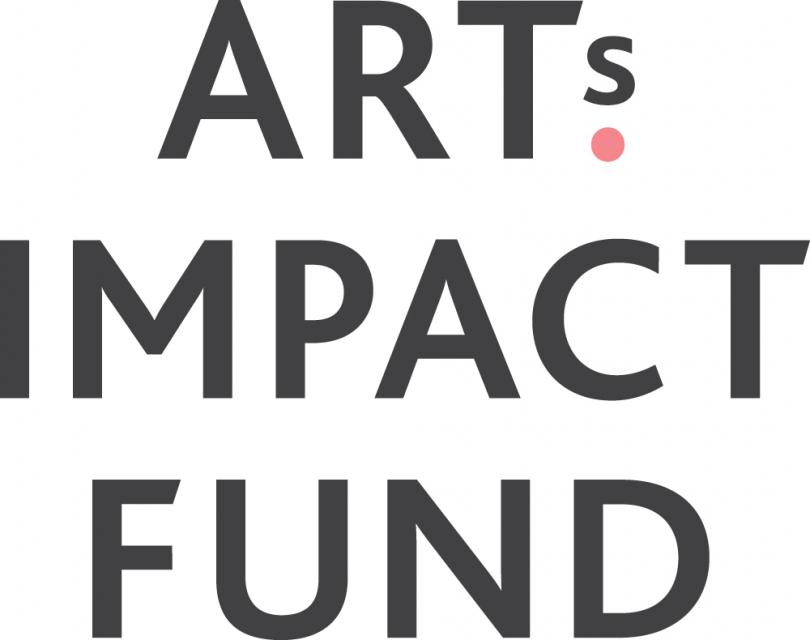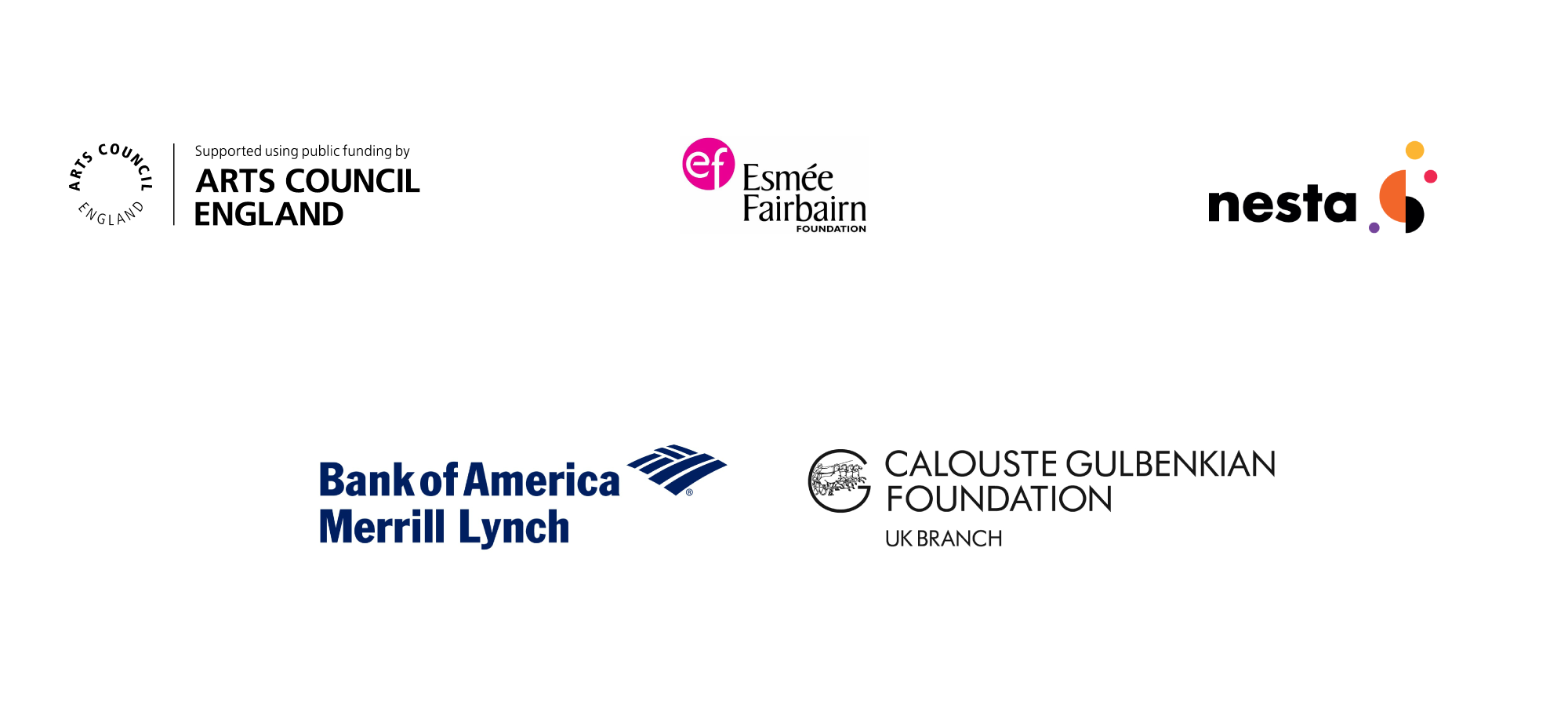Arts Impact Fund: Insights from the first year
We are delighted to share our first year insights paper, which…

| Investment window | July 2015 to August 2019 |
| Funding available | £150,000 to £600,000 |
| Repayment period | 3 to 5 years |
| Interest rates | 3% to 8.5% |
| Fees | No early repayment fee Holding fees may apply |
| Investments completed to date | 27 |
| Total amount committed | £8.8 million* *This figure includes undrawn or repaid funds that have been re-invested |
The Arts Impact Fund is a pilot initiative that brought together public, private and charitable funding to demonstrate the potential and impact of social investment in the arts and cultural sector. It was created and funded by Bank of America, Esmée Fairbairn Foundation, Nesta and Arts Council England, with additional funding and support from Calouste Gulbenkian Foundation.
The Fund set out to achieve several objectives:
Arts Impact Fund offered unsecured loans (and revenue participation agreements, where appropriate) between £150,000 and £600,000 with repayment term of three to five years and interest rates ranging between 3.5% and 8.5%.
Your organisation’s core operations or activity should be based in the arts and culture. For example, a dementia charity using art to engage its beneficiaries would not be eligible to apply for investment. However, a theatre providing outreach performances in local schools to target disadvantaged children would meet our criteria.
As part of the Fund’s criteria for investment, organisations must work in one of the art forms recognised by Arts Council England. These are:
We can only work with organisations registered in England and primarily benefiting communities in England. Digital organisations will need to demonstrate their primary audiences are based in England.
We do not make loans to individuals, sole traders, partnerships or unincorporated bodies (unless their partners/members are exclusively corporate bodies).
To be eligible, your organisation has to demonstrate that has a clear social mission. This includes asset-lock and a restriction of the personal gain derived from its work. Charities, community interest companies and community benefit societies with a recognised charitable purpose are eligible for investment. Other incorporated entities, such as companies limited by shares, will be considered based on the strength of their social mission and whether the majority of their profit will be reinvested into that mission.
We are looking to support three social outcomes areas through the Arts Impact Fund.
When applying, you will need to show how your organisation works (or intends to work) in at least one of these areas and how it would go about monitoring, evaluating and reporting on its social impact throughout the life of its investment. In general, we expect organisations to have articulated their theory of change either formally or implicitly as well as to have developed (or be in the process of developing) appropriate tools and processes for impact management.
For fund-specific enquiries, please contact Seva Phillips.
Chair Richard Brass, Head of Wealth and Asset Management, UK, Berenberg (independent)
Geoff Burnand, CEO, Investing For Good (independent)
Ross Burnett, Senior Manager, Policy (Chief Executive Unit), Arts Council England (former)
Nathan Elstub, Chief Investment Officer, Nesta
Helen Goulden, Executive Director, Innovation Lab, Nesta (former)
Alison Holdom, Grants Manager, Esmée Fairbairn Foundation
Nicola Saunders, Director, Business Improvement & Innovation, Arts Council England (non-voting)
Moira Sinclair, Chief Executive, Paul Hamlyn Foundation (independent)
Andrea Sullivan, Head of International Environment, Social & Governance, Bank of America
